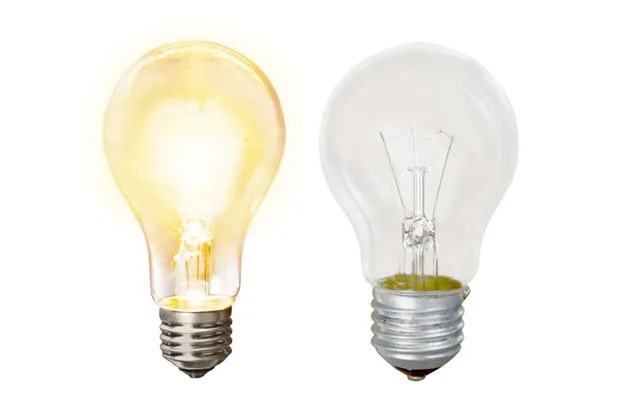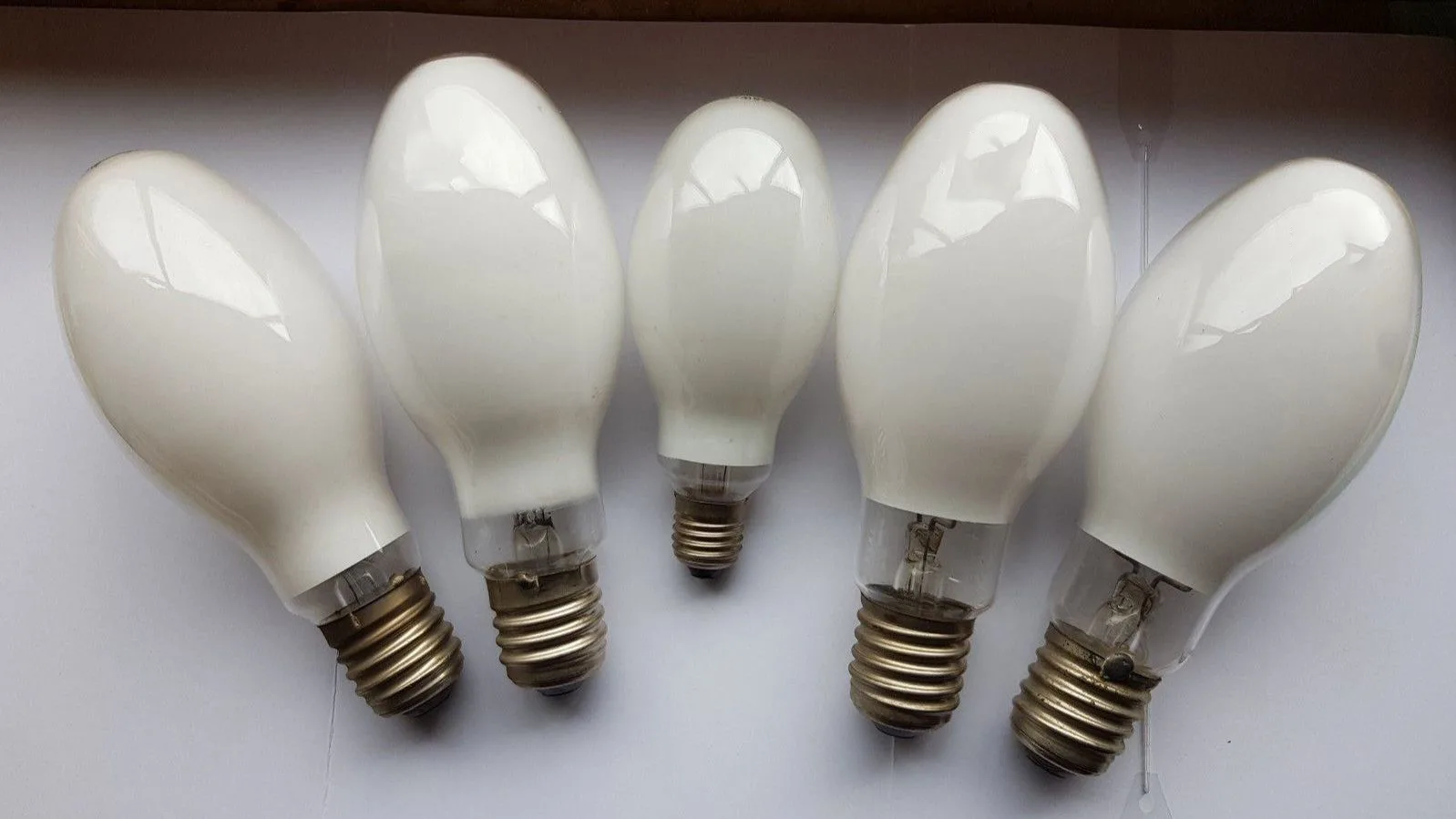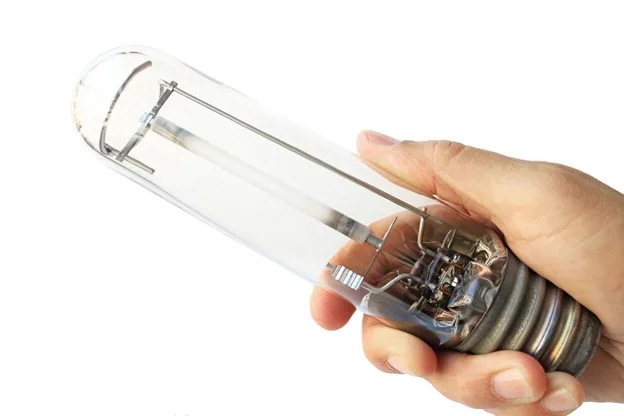- Home page
- User account
- Cart
- Products
- Representatives
- Price list
- Installation instructions
- Surveys
- Guarantee
- employment
- Hiring a CRM (Customer Relationship Management) Manager
- Hiring a Financial Manager (Accounting Supervisor)
- Hiring a Production Manager (Production Planner)
- Hiring a Human Resources Manager
- Hiring a Sales Manager
- Hiring a Molding Unit Manager
- Hiring a die-cast and plastic molder
- Hiring a warehouse manager
- Hiring a warehouseman
- Hiring a Quality Control Expert
- Hiring an assembly supervisor
- Hiring an industrial designer
- Hiring an administrative employee
- Hiring an Artificial Intelligence Specialist
- Hiring telephone support, online chat, content production and SEO
- Hiring work from home
- Employment form
- Catalog
- Projects
- Articles
- About us
- FAQ
- Contact us
Lamp
In today’s world, it is almost impossible to imagine life without lamps. A lamp is an artificial light source that creates illumination by converting electrical energy into light. The use of lamps is an essential need for life and work, especially in dimly lit places or at night. The wide variety of lamp types allows designers to provide the best quantity and quality of lighting for any environment.
Lamp components:
Each light bulb is made up of basic components such as a bulb, base, and body. The base is connected to the cap and converts electrical energy into light energy through a circuit. This process varies depending on the type of bulb, from tungsten filaments in old bulbs to LED chips in modern bulbs.
Five important factors in choosing a lamp:
- Optical power
- Optical gain coefficient
- Life
- Brightness level
- Coloring
Types of lamps:
1. Incandescent bulb:
The filament type works by using a tungsten filament that is lit when an electric current is passed through it. These lamps are simple and inexpensive, but they use a lot of energy and have a short lifespan (about 700 to 1,000 hours).
2. Fluorescent lamp:
Fluorescent or incandescent bulbs produce light by passing an electric current through mercury and other gases. These bulbs use less energy and last longer than incandescent bulbs.
3. Compact Fluorescent Lamp (CFL):
These lamps are similar to fluorescent lamps but with a more compact design, lower energy consumption, and longer lifespan (up to 10,000 hours).
4. Halogen lamp:
They are an improved version of incandescent bulbs that use halogen gas and an inert gas. These bulbs produce more light and last longer.
5. LED lamp:
LED bulbs produce light using semiconductor diodes. LED bulbs do not have a tungsten filament and have a much longer lifespan (up to 100,000 hours). They also use less energy than other types of bulbs.
6. Gas lamp:
These lamps produce light by passing electrons through various gases and are usually used to illuminate large and industrial spaces.
7. Edison and filament bulbs:
These bulbs are used as decorative lamps and are a more energy-efficient version of the old Edison bulbs.
8. Reflector lamps:
These lamps are used to reflect light in a focused manner and are commonly used in store windows and ceiling lighting.
Types of lamps in terms of appearance:
Lamps are divided into different categories based on their appearance, such as series A, B, C, G, R, etc. This division refers to their different designs and applications in different environments.
Types of lamps by screw head:
Bulbs are divided into different types based on the type of cap. E-caps, which are the most common type, are also known as Edison caps. Other types include needle caps, remote caps, and bi-pin caps.
Conclusion:
Light bulbs are an integral part of our daily lives. Choosing the right type for any application depends on factors such as energy consumption, light quality, lifespan, and cost. LED bulbs are considered among the best options for home and industrial lighting due to their low energy consumption and long lifespan.
Keywords: Lamp, Incandescent, Fluorescent, Compact Fluorescent, Halogen, LED, Gas, Edison, Filament, Reflector
- Image
- Rating
- Price
- Add to cart
- Additional information












